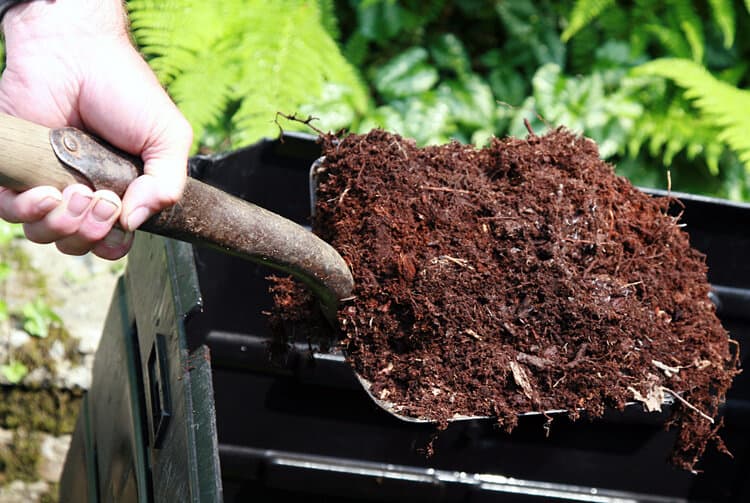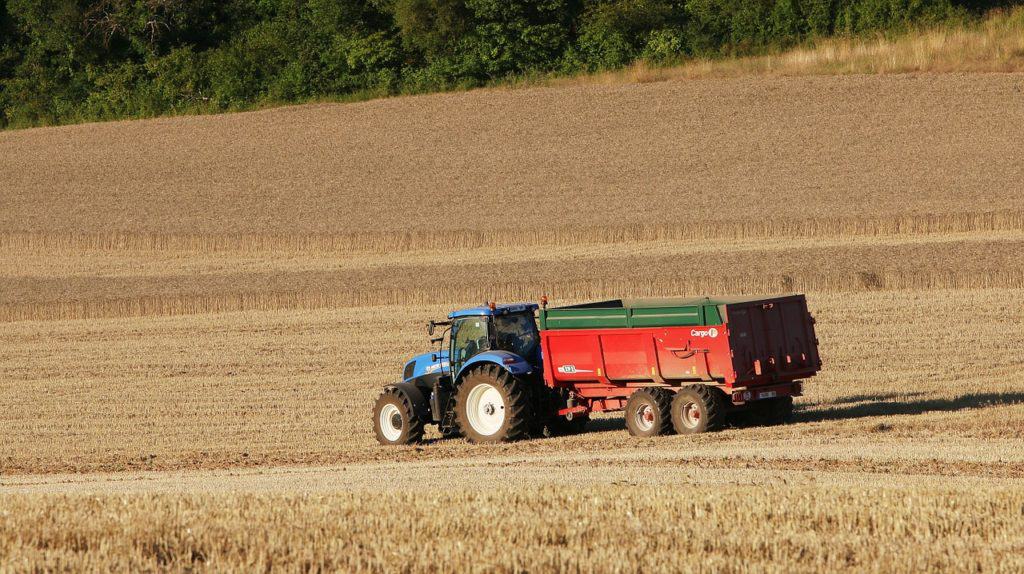
Did you know that human feces and urine can be composted? Yes, it’s true!
The process of composting human waste not only prevents it from having a negative environmental impact but also makes for a better environment.
Human waste is composed of 60% water, 35% organic matter, and 5% inorganic material. When humans defecate, this material makes its way into our sewer system where it eventually ends up in the oceans and on beaches – polluting waterways with bacteria and other harmful substances.
But when we compost our own waste instead of dumping it down the sewage drain, it is returned to nature as fertilizer that contains more than 20 nutrients beneficial to plants!
Is it safe to compost human waste?

Many people are concerned about the safety of composting human waste. This is because many people associate the presence of bacteria with illness.
So, is it dangerous to compost human waste? The answer may surprise you! It is perfectly safe to compost human waste because when done correctly there will be a lack of any harmful bacteria in the end product.
There is always some risk when composting human waste due to the presence of pathogens and bacteria. Some composting systems just don’t get hot enough. A high temperature is required to kill the pathogens and bacteria in the waste.
What should be considered when self-composting human waste
Composting human waste is a great way of introducing nitrogen into the ground which fertilizes plants and helps them grow. It’s helpful for sustainability, growing organic produce, and being friendly towards the environment. But there are some precautions you should take first.
Human feces needs to be combined with a decomposing material, such as bedding straw or leaves. There is also the “deep composting” method, which is more specifically for human feces only.
Deep composting, however, can be difficult with improper planning and needs at least six months of continuous work before it’s ready for use.
Make sure that the compost material is neither too moist nor too dry. This ensures all of the microorganisms get a nice supply of moisture to assist them in breaking down any new organic matter added to your pile.
Too much water will keep oxygen from moving around, but more importantly, it will encourage undesirable bacteria like coliforms to thrive. Too little water can also lead to foul smells coming from your compost pile as these types of bacteria digest food that has gone rotten before it was put in the pile.
The decomposition of human waste is a reaction that can produce methane. A build-up of methane can contribute to poor air quality. To avoid this, the urine and sticks should be broken down separately from the fecal matter. The use of soil will help break down the urine and will minimize ammonia emissions which occur when urea breaks down in watery environments.
Poop collection options
Composting human waste is a great way to make sure that your compost pile will be nutrient-rich and healthy. But how do you go about collecting the poop?
The best ways of recycling feces are composting or putting them through a humanure toilet.
What is a humanure toilet?
A humanure toilet is a composting toilet for humans where the excrement is collected in an upper container until it has been composted. So a humanure toilet is basically a dry composting toilet that processes feces into a natural fertilizer.
It moves no further than the ground and can be fertilized with wood ash or another non-synthetic fertilizer that will not contaminate nitrogen levels by putting them on the same pile. Usually, this “container” is made of non-toxic materials and is self-contained indoors or in a small building.
Finding a place for humanure toilets can sometimes be a difficult task, but it’s really not as hard as some people make it out to be.
The first thing to consider is the size of your home. If you live in an apartment or a small living situation, then composting may not be the best option for you because of space restrictions.
If space isn’t an issue and you’re interested in trying composting out, there are all sorts of containers that can work well for collections.
How about using urine for composting?
There are a number of options for collecting and using human urine in composting. The first option is to collect your urine in its own bucket and use it as a liquid fertilizer.
You can use it as fertilizer before adding it to your compost pile. Composting with human urine reduces nitrogen content because nitrates in the pee are converted to ammonia and the soil microorganisms break down the nitrogen-rich urea.
The composting stages of human waste
Composting is a natural process that can be used to reduce the amount of organic material in landfills. The composting stages for human waste are as follows:
1) Collection. Fresh fecal matter can be collected in containers or humanure toilets and urine sewage is gathered together pending before they decompose into septic sludge.
2) Storage. Feces must be stored at least fifteen feet away from any water source including oceans, lakes, streams, etc. Place them near your compost pile or outdoor garden area where you want to dispose of them.
3) Preparation. Preparation includes ensuring that the material to be added has been thoroughly mixed with other organic materials, such as leaves, grass clippings, vegetable scraps, and plant grounds for aerobic decomposition before adding it to the pile at hand.
This ensures an even distribution of nitrogen-rich ingredients necessary for healthy microbial growth on-site during the entire process
4) Turning and conditioning. The most important thing to remember when composting human waste is that it needs a lot of heat and moisture. During this stage, you turn your pile at least once every two weeks or so for optimal decomposition.
Turning is necessary in order for mass distribution because anaerobic bacteria need oxygen-rich environments to break down organic matter as they produce biogas – which consists primarily of carbon dioxide (CO2), methane gas (CH4), or nitrogen oxide—a process known as methanogenesis.
Conditioning on the other hand refers only to what happens during winter months when heat can be excluded from the outside air by means of insulation materials such as straw bales; this reduces decomposition rates but still turns over piles regularly enough so that all layers are mixed.
Some tips for successful composting of human waste

You can compost human waste if you follow these few simple rules:
- keep the pile moist
- turn it regularly to speed decomposition
- maintain a balance of fresh materials.
The steps needed for successful composting are outlined below in more detail:
- Collect your human waste in dry containers like buckets or pots; avoid using plastic bags that will break down with time.
2) Keep the pile moist by adding water periodically (or wetting the material before adding it). Use small amounts of liquid manure tea on occasion to provide bacteria and nutrients.
3) Turn your pile regularly so as to speed up decomposition. Compost piles should be turned at least once every 2 weeks.
FAQs

How long does it take to compost human waste?
A lot of factors determine how long it takes for human waste to compost, including the type of waste, the temperature, and air moisture. If you’re using a well-constructed compost pile, then it could take just 21 days for human waste to fully compost. Likely it will take a little bit longer than this for most composting piles.
Human waste should be kept in a sealed bag and placed into a container of peat moss, wood chips, or sawdust to help with the composting process.
When all conditions are right (sufficient carbon and oxygen levels) it takes about 21 days for waste to break down into rich fertilizer. You can also use an old compost pile you created by adding fresh cow, horse, sheep, or chicken manure in order to speed up the process.
How to compost human waste for fertilizer?
To compost human waste for fertilizer, you’ll need to find a way to mix it with other organic matter. This can include sawdust, hay, straw, or other dry plant material that will provide the needed carbon in the composting process and will also occupy the free space in your pile so that air gets trapped inside.

You may want to line your composter with a newspaper which is typically treated with a form of lime that helps break down human waste more quickly.
When adding new organic material (dry leaves, grass clippings) make sure these are completely dry before adding them to your pile.
Can worms compost human feces?
Yes, worms can compost human feces without breaking the animal waste down.
Vermicomposting is a type of composting where worms are used to break down organic matter in a controlled environment. The residue that the worms produce at this stage is called worm castings (or vermicast), which have very high levels of soil nutrients because the animals secrete fatty acids as an adaptation for defending themselves against predators when they’re in exposed environments such as with rotting leaves on the forest floor or against drying out when they’re living in burrows.
When these compounds are leftover from worm castings and mixed with other natural materials like leaves, bark, grass clippings, etc., it creates an even richer mix of soil.

